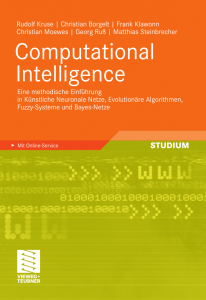At the end of the summer term and into the first few weeks of our university’s winter term I have been able to continue to do my research, much unlike my work in recent years when I shifted back to teaching activities. I’ve been able to fill a complete chapter of what is likely to be my dissertation thesis.
The two research questions I’ve decided to focus on are as follows:
- Given the agriculture data, i.e. given an actual field, delineate it into management zones which allow a deeper understanding of correlations and dependencies within the field. This is a data-driven approach to this topic and the whole issue is seen from a data mining perspective. There has been quite a lot of research in this area in the past ten years, after the GPS selective availability feature was decommissioned around 2000. With the recent advances in digital imaging and data processing capabilities being taken to agricultural equipment, there is a lot of data which should be mined to gain a better understanding of the field’s properties.
- Given the agriculture data (again), which of the available features are actually the most relevant for a particular task. Say, the task is yield prediction: which of the features conveys most of the information that enable this task?
The actual research I’m doing right now is to find and/or develop a suitable clustering approach for spatial data to generate appropriate management zones. Of course, there has been a lot of work in the clustering area, but (compared to this general area) only a small fraction actually considers spatial data, where issues such as spatial autocorrelation must be considered and neighboring points are by no means independent. I don’t have any idea what the final solution (if any) is going to be, but I’m getting there.
Parts of this work will be presented in my talk at the Australian Taxation Office in December and at the SGAI AI-2009, one week after that, in Cambridge, UK.
